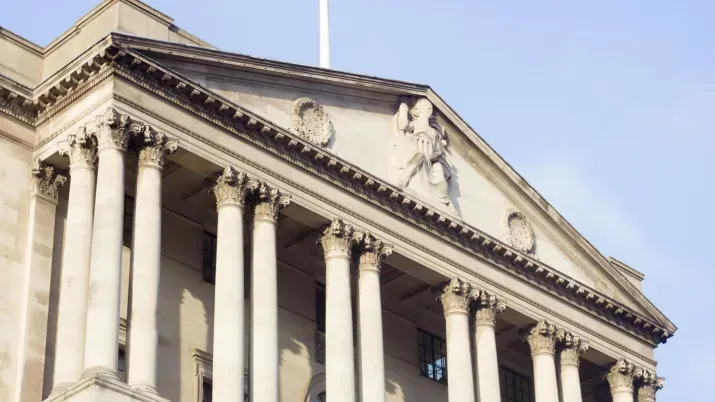Sharp move in US treasuries led by talk of a soft landing
TwentyFour
The last few weeks have seen a sharp rise in long-dated treasuries. Ever since the FOMC meeting in September, the US 10 year has moved up 45bp to 4.75%, with a brief flirtation with 4.90% in between. The 30 year over the same time period has risen by 50bp, now sitting at 4.91%. The jump has centred completely on the long end, with the closely followed 2-10s inversion coming in from -75bp to -30bp.
There are a few factors at play at the long end of the treasury yield curve and so it is difficult to pinpoint exact drivers – this was even admitted by FOMC member Austen Goolsbee who said he was “still trying to process why long-end interest rates are increasing” and that the recent sharp move was a “puzzle”.
The primary driver, we believe, is the market digesting the recent extremely rosy predictions from the Federal Reserve in September and the subsequent higher for longer narrative in US rates.
There is also a technical at play, however, with the US government deficit expected to hit 6% this year, a level rarely seen outside of wartime, which resulted in a need for extra issuance of treasuries while the Fed conducts its $60bn of quantitative tightening each month. This perhaps has also been exacerbated by reports that long treasury funds, which have been burnt by the repeated moves upwards, are throwing in the towel, adding to selling pressures.
And, finally, the latest bout of volatility, with intraday double digit basis point moves either way, has only increased the support for a larger term premium to gather at the longer end of the treasury curve.
While this sell off has been occurring, inflation data has been more encouraging. Last week’s core personal consumption expenditure number continued its path lower at 3.9% year on year and only 0.1% month on month – indeed if we annualise the last three month on month prints it hits the Fed’s 2% target exactly. This led ex-FOMC member Lael Brainard to say that core inflation was now in the “pre-pandemic range”. However, with lower inflation not helping, it feels that a rollover of growth numbers is what is needed to halt the move in the recent yield curve.
One major data point will be the US job numbers – the Fed’s forecast that unemployment will only peak at 4.1% has been part of the recent sell off and so the nonfarm and unemployment releases coming later today could lead to a large move, either way, in the longer end of the curve.
We believe that there are signs beginning to show a slowdown in the economy, such as certain recent PMI surveys, reduced discretionary spending from consumers and the large decrease in people quitting their jobs. Furthermore, with over 200bp of hikes made by the Fed in the last year still to potentially effect a real economy, which has now eroded 80% of its excess Covid savings, it feels it is too early to be convinced by the soft-landing narrative.
Treasuries in the short term, just like Central banks currently, will be driven by the incoming data – of which today’s labour data is key. We think over the medium term though treasuries offer very good value insurance and combined with the very attractive yields available in credit, can create an appealing portfolio during the current uncertainty.





